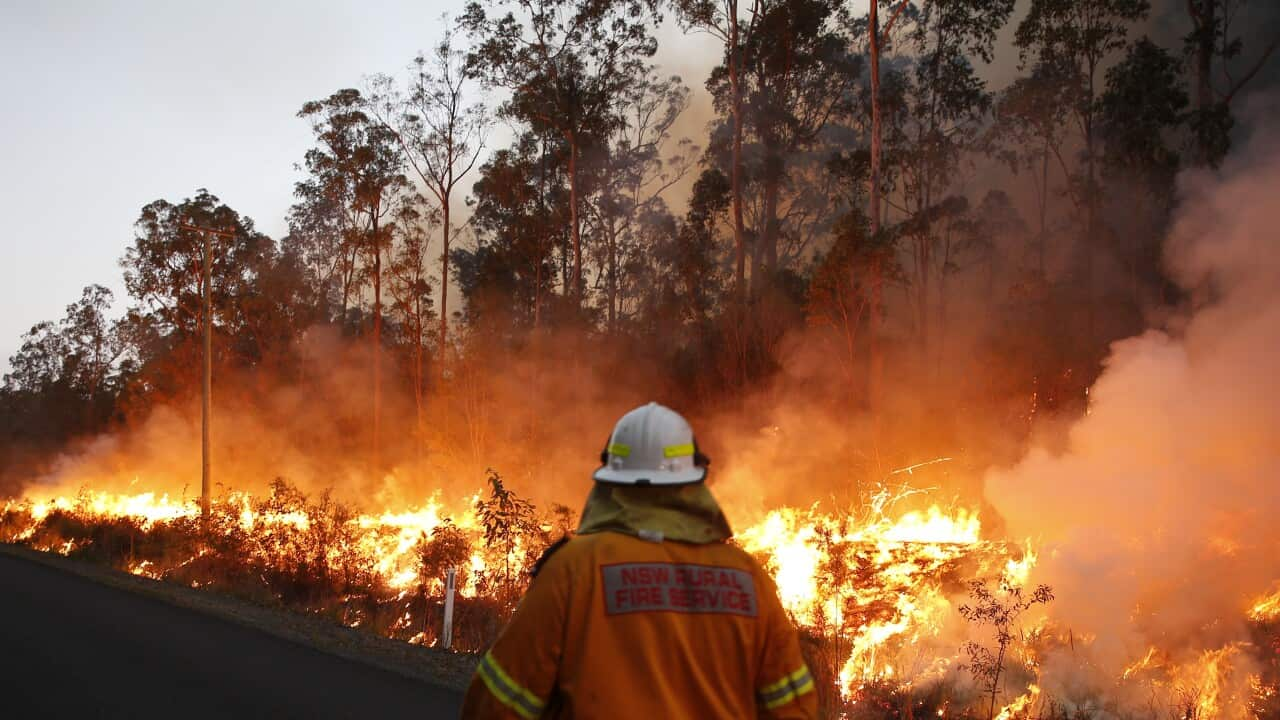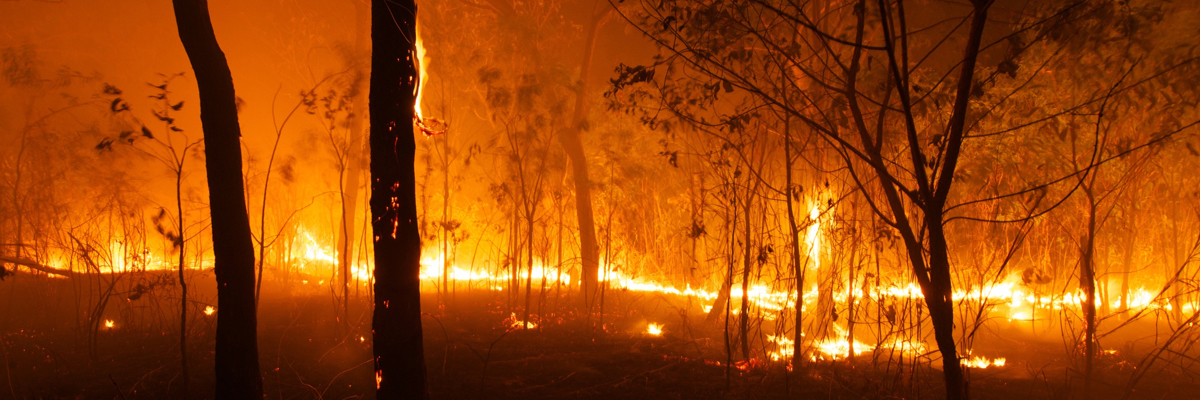Specialist Insights: Why Every Home Owner Needs an Extensive BAL Report
Specialist Insights: Why Every Home Owner Needs an Extensive BAL Report
Blog Article
Ensuring Bush Fire Defense With Correct BAL Record Analysis
In the world of bush fire security, the thorough evaluation of Bushfire Strike Level (BAL) records stands as a keystone for guarding residential or commercial properties against the destructive effect of wildfires. With environmental aspects and property features playing substantial functions in identifying the level of risk, a comprehensive understanding of BAL ratings comes to be critical. The genuine essence exists not just in comprehending these records yet in understanding them efficiently to formulate customized fire security techniques. By diving right into the importance of BAL record evaluation, we uncover a world where informed choices pave the course towards strengthening residential property security and strength in fire-prone regions.
Understanding Bushfire Assault Degree (BAL)
In the world of bushfire protection, comprehending the Bushfire Strike Level (BAL) is critical for making sure reliable mitigation techniques. BAL is a system utilized to gauge the potential danger a building may encounter from a bushfire. It considers aspects such as the sort of vegetation, the slope of the land, the Fire Danger Index, and the Fire Seriousness Index. Comprehending the BAL ranking of a residential or commercial property is vital for property proprietors, policymakers, and builders to implement suitable procedures to safeguard against bushfire hazards.

Relevance of BAL Record Evaluation
An essential element in bushfire defense preparation entails the comprehensive analysis of BAL reports to evaluate the prospective threats and establish suitable mitigation methods. BAL records supply important info regarding the possible influence of bushfires on a residential or commercial property based upon different aspects such as plants kind, distance to prospective fire dangers, and slope of the land. Analyzing these records with accuracy is critical in developing reliable bushfire security measures customized to the particular danger profile of a residential or commercial property.
Implementing Fire Defense Steps
Implementing effective fire defense steps is crucial for guarding properties in bushfire-prone locations. One of the key methods to boost fire security is by creating defensible space around structures. This includes clearing combustible plants, such as dry fallen leaves and branches, within a specific radius of the residential property. In addition, setting up fire-resistant roof covering products can help in reducing the danger of ashes sparking the roofing during a bushfire. Properly preserved rain gutters and displays are additionally important to stop debris accumulation that might sustain a fire.
In addition, having a properly maintained and appropriate water supply, such as a storage tank or swimming pool, can aid firemans in their initiatives to secure the building. BAL Report. Overall, implementing a combination of these fire security measures can significantly increase the possibilities of securing residential or commercial properties during bushfire events.
Mitigating Risks in Fire-Prone Areas
To fortify properties versus bushfire dangers, a critical emphasis on mitigating threats in fire-prone locations is crucial. Mitigating dangers in fire-prone locations involves an extensive technique that includes various measures to lower the chance and effect of bushfires. One essential element of risk mitigation is keeping defensible area link around residential or commercial properties by removing combustible plants, making certain sufficient spacing between trees and frameworks, and using fireproof landscaping methods. Additionally, executing ember-proofing measures such as installing steel mesh displays on home windows and covering roofing tooth cavities can aid stop ash assaults and reduce the danger of spot fires.
Additionally, creating or retrofitting buildings with fireproof products and making certain correct upkeep of roofings, rain gutters, and external cladding can significantly enhance the residential property's durability to bushfires. Exercising a bushfire and establishing emergency strategy with all passengers, including evacuation treatments and communication strategies, is additionally crucial in mitigating threats successfully. By adopting a proactive approach to take the chance of reduction in fire-prone areas, homeowner can much better secure their assets and boost total bushfire readiness.
Ensuring Property Safety and Strength
Making certain the security and durability of homes in fire-prone locations requires an unfaltering dedication to robust safety nets and tactical preparation. Property safety and security starts with carrying out effective procedures to reduce fire risks. This consists of keeping a defensible space around the residential property by getting rid of flammable plants, making sure appropriate maintenance of roofs and seamless gutters, and using fireproof building products. Regular upkeep of firefighting tools, such as hose pipes and automatic sprinkler, is additionally vital to building durability.
Resilience, on the various other hand, includes the capacity of a home to recover and withstand from visit a bushfire. This can be boosted via the installation of ember guards on vents and home windows, making certain that access factors for coal are decreased. Furthermore, having a well-balanced emptying strategy and practicing it on a regular basis can substantially boost property resilience. Collaborating with neighbors and local fire authorities can also reinforce the safety and strength of buildings in fire-prone locations. By proactively resolving these facets, homeowner can much better secure their assets and liked ones from the threat of bushfires.
Conclusion
Finally, guaranteeing bushfire defense through appropriate BAL record analysis is vital for understanding the level of threat posed read this by bushfires and carrying out essential fire protection measures. By alleviating risks in fire-prone areas and making sure property safety and durability, communities and individuals can much better plan for and react to bushfire events. It is important to prioritize fire security actions to protect lives and residential or commercial property in these risky settings.
In the world of bush fire defense, the meticulous analysis of Bushfire Assault Level (BAL) records stands as a foundation for guarding homes against the disastrous impact of wildfires (BAL Report). Understanding the BAL rating of a home is vital for building proprietors, builders, and policymakers to execute proper procedures to secure against bushfire hazards

BAL reports provide vital details about the potential effect of bushfires on a building based on various elements such as plants kind, range to possible fire threats, and incline of the land (BAL Report). Overall, executing a combination of these fire security actions can dramatically increase the chances of protecting residential properties throughout bushfire occasions
Report this page